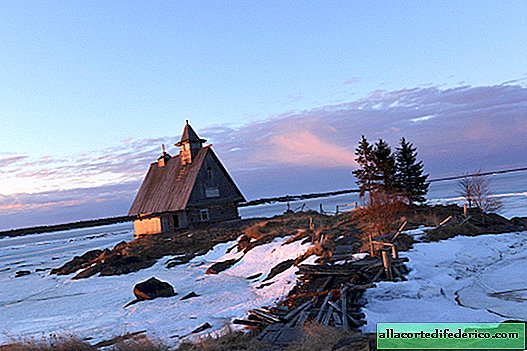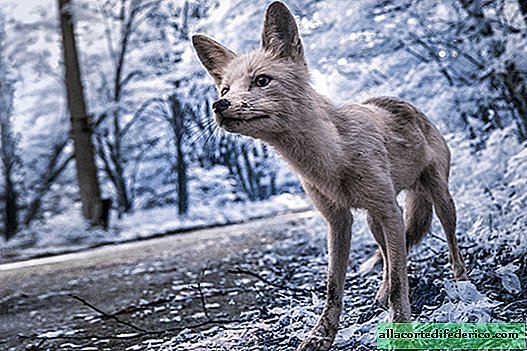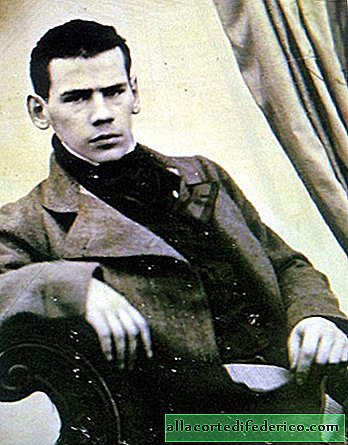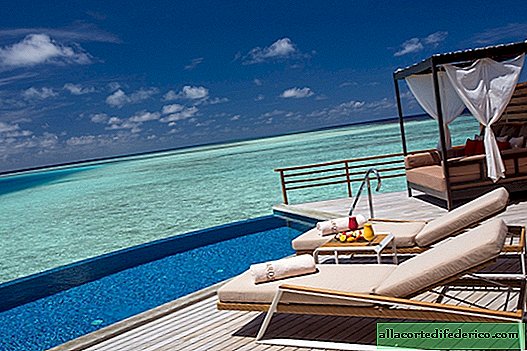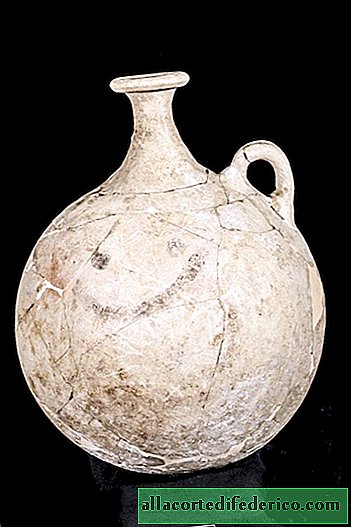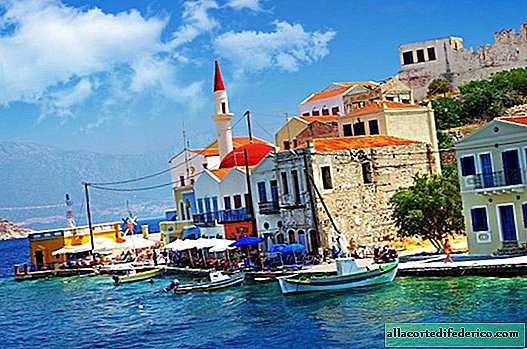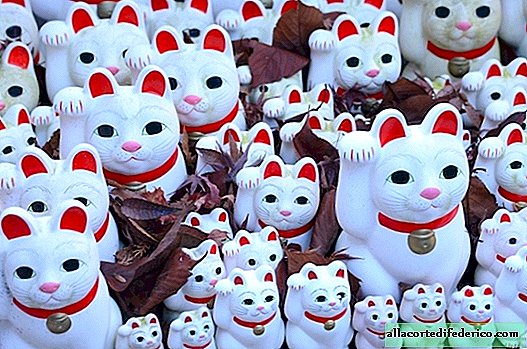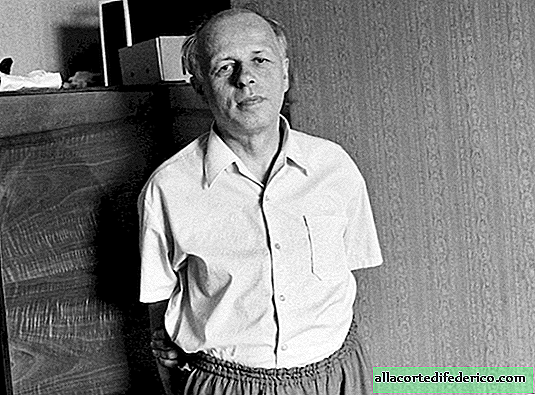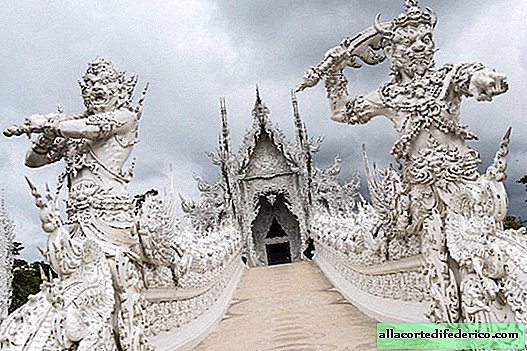Why lakes do not freeze to the bottom in winter
With the onset of cold weather, a thin crust of ice forms on the surface of the lakes, which is a consequence of a decrease in water temperature to negative values. But in winter, when the air temperature drops below 30 degrees below zero, an impressive layer of ice forms on the surface of the lakes, but completely large lakes never freeze. Why is this happening?
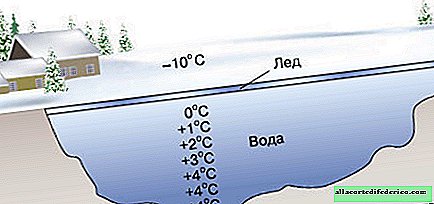
It turns out that when the temperature of the water begins to drop, very interesting things happen in enclosed bodies of water. Fresh water, due to its unique molecular structure, has a maximum density at a temperature of + 4ºС. And when the water temperature continues to drop, in the lake there is a separation of layers with different temperatures, a seasonal thermocline is formed.

Water with a temperature of + 1-2 ° C is always lighter than a layer of water with a temperature of + 4 ° C, which is located at the bottom. Due to the weak circulation of water masses (and we remember that this is not a river, namely a deep lake), active mixing and temperature equalization do not occur. For this reason, water with a temperature of about +4 degrees is always in the lower part of the reservoir. A gradually growing layer of ice and colder water in the upper part of the reservoir prevent the lake from freezing to the bottom. Fish and other aquatic creatures continue to live in the lake, without fear of becoming a piece of ice.

Of course, for small lakes this rule does not work, and with the arrival of negative temperatures they can freeze to the bottom. Prudent fish, as a rule, leave such dangerous places for wintering in advance and go to rivers or neighboring deeper lakes.

